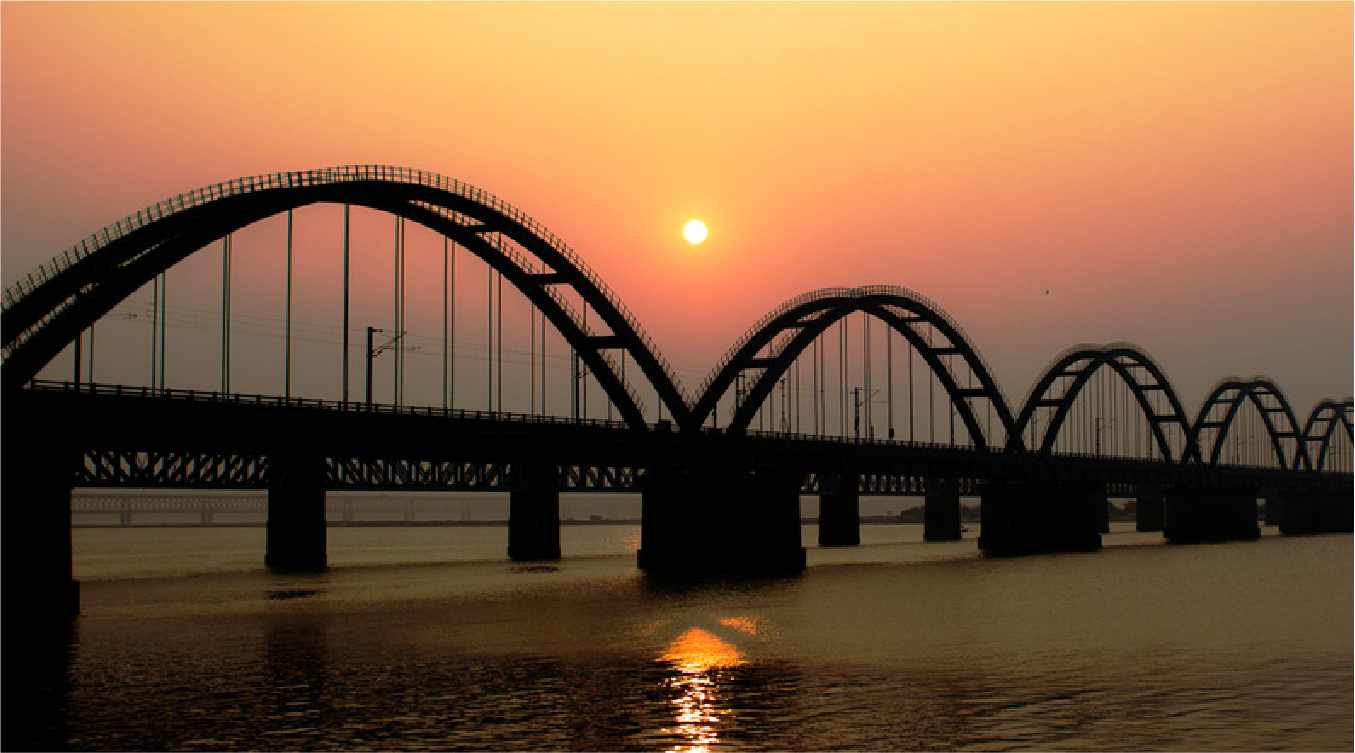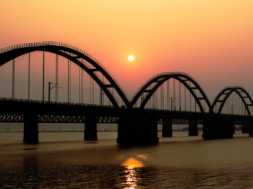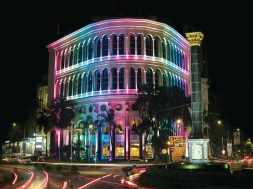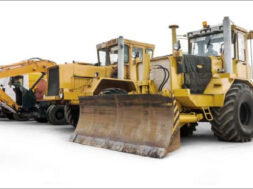Forging infra-architectural marvels

“Roads and bridges require well-designed piers, abutments, and foundations to support the weight of the structure and transfer loads to the ground safely.”
India has the world’s second-largest road network, covering 5.89 million kilometres. The private sector has become a significant contributor to road infrastructure development in the country, with increased industrial activities and a rising number of vehicles supporting the growth. The government’s policy to encourage private sector participation, particularly through public-private partnerships (PPPs), has attracted many private players. The road sector in India has also attracted foreign companies due to the government’s permission of 100 percent foreign direct investment (FDI) in the sector. Cumulative FDI inflows in construction development from April 2000 to September 2022 reached $26.23 billion. The recent reduction in GST rates on construction equipment from 28 percent to 18 percent is expected to boost the industry further. The government has allocated $1.4 trillion under the National Infrastructure Pipeline for 2019-2025, with the roads sector accounting for 18 percent of the capital expenditure. The National Highways Authority of India (NHAI) aims to construct 25,000 kilometres of national highways in 2022-23 at 50 kilometers per day.
India has also been using innovative materials such as polymer-modified bitumen and high-performance concrete to enhance road quality and longevity in recent years. The Indian government has been promoting sustainable construction practices, such as incorporating fly ash in road construction, to reduce environmental impact. Self-healing concrete and intelligent compaction are other emerging technologies in road construction materials and machines. Smart highways, intelligent transport management solutions, advanced traffic management systems, project monitoring information systems, etc.
Bridges, however, require materials with exceptional strength and durability to support heavy loads and withstand environmental stresses. Steel and concrete are the most commonly used materials for bridge construction. Steel provides high tensile strength, allowing for long spans and lightweight designs. Concrete offers excellent compressive strength, making it suitable for supporting heavy loads. In some cases, a combination of both materials, known as composite construction, is employed to leverage their respective advantages.
The design that minimises the consumption of material is the Truss bridges are known for their efficient use of materials, as they employ a framework of interconnected triangles to distribute loads and provide stability. By utilising the inherent strength of triangles, truss bridges can span long distances with relatively less material than other bridge types. Another design that minimises material consumption is the cable-stayed bridge. Cable-stayed bridges use cables attached to towers or pylons to support the bridge deck. This design allows longer spans with fewer materials by utilising the cables’ tensile strength to bear most of the load.
Geographical conditions also impact the selection of construction materials. For instance, in coastal areas, the presence of saltwater and high humidity necessitates the use of corrosion-resistant materials. Materials with high thermal stability must be chosen in regions with extreme temperature variations to prevent cracking and deterioration.

Structural Integrity in Road and Bridge Construction
The structural integrity of roads and bridges ensures safety and longevity. Roads must have a solid foundation, typically compacted soil and aggregate layers, to distribute the loads and prevent settling or shifting. Steel structure bridges are widely used in India for their high strength, durability, and versatility. Steel offers several advantages, including the ability to span long distances, corrosion resistance, and ease of fabrication.
The Chenab Arch Bridge is a notable steel structure bridge in India. The most sophisticated ‘Tekla’ software is employed for structural detailing using structural steel suitable for -10°C to 40°C temperatures. Chenab Bridge has overcome several challenges; the geology, the harsh terrain, and the hostile environment are just a few of the difficulties the engineers and railway officials had to overcome to get to this point.
The Signature Bridge in Delhi is another prominent steel structure bridge. The bridge features a distinctive design with an inclined pylon and a cable-stayed structure. Steel was chosen as the primary material due to its strength and flexibility, allowing for the construction of a visually striking bridge spanning around 251 meters.
The Godavari Arch Bridge, located in Rajahmundry, Andhra Pradesh, is a notable steel structure railway bridge. The bridge features a unique arch design made of steel, allowing for the smooth flow of river traffic beneath. It stands as one of the longest arch bridges in Asia, with a total length of around 4.7 kilometres.
Aesthetically appealing bridges are architectural marvels that serve as functional transportation links and enhance the visual appeal of their surroundings. The Howrah Bridge, also known as Rabindra Setu, is an iconic cantilever bridge located over the Hooghly River in Kolkata, West Bengal. Built in 1943, it is a vital transportation link connecting Kolkata with the Howrah district. The bridge is known for its unique design without any nuts or bolts, and it stands as a symbol of Kolkata’s heritage and architectural prowess.
The Bandra Worli Sea Link in Mumbai is an impressive feat of architecture, as it is the first cable-stayed bridge to span the Arabian Sea. The bridge consists of prestressed concrete steel structures on both sides, designed to accommodate the geological conditions of the sea bed. It features pylon towers and a unique geometry.
Implementing smart road technologies can lead to improved traffic management, reduced congestion, enhanced road safety, increased energy efficiency, and a more sustainable transportation system.
Greenfield expressways offer an opportunity to develop advanced road infrastructure prioritising environmental sustainability and efficient transportation. By integrating environmentally friendly practices, optimising traffic flow, and embracing renewable energy sources, these expressways contribute to a greener and more sustainable future.
Also known as the Yashwantrao Chavan Expressway, this iconic expressway connects the cities of Mumbai and Pune in Maharashtra. Stretching over a distance of around 94 kilometers, it has reduced travel time between the two cities and is known for its scenic views. Connecting Greater Noida near Delhi to Agra in Uttar Pradesh, the Yamuna Expressway is one of India’s longest six-lane controlled-access expressways. It covers a distance of approximately 165 kilometres and has significantly reduced travel time between Delhi and Agra.
44
Cookie Consent
We use cookies to personalize your experience. By continuing to visit this website you agree to our Terms & Conditions, Privacy Policy and Cookie Policy.










